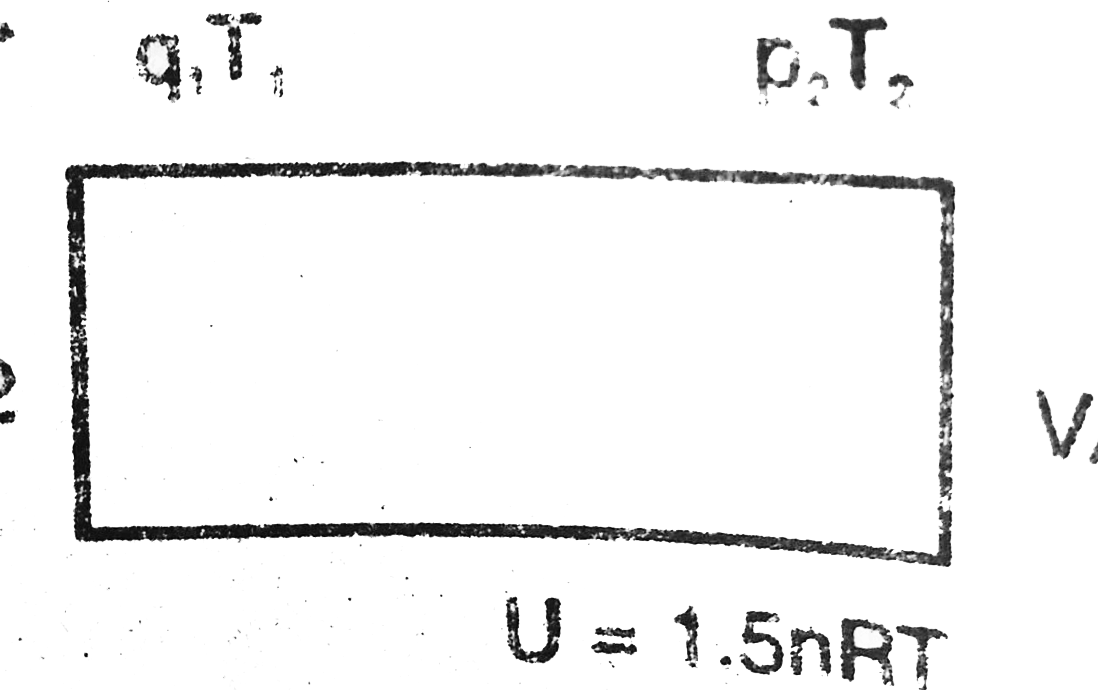Text Solution
Verified by Experts
The correct Answer is:
|
Topper's Solved these Questions
KINETIC THEORY OF GASES
HC VERMA ENGLISH|Exercise All Questions|106 VideosView PlaylistNEWTON'S LAWS OF MOTION
HC VERMA ENGLISH|Exercise Questions for short Answer|17 VideosView Playlist
Similar Questions
Explore conceptually related problems
HC VERMA ENGLISH-LAWS OF THERMODYNAMICS-All Questions
- Fig shows the variation in the internal energy U with the volume V of ...
06:21
|
Play - Find the change in the internal energy of 2 kg of water as it heated f...
04:07
|
Play - Calculate the increase in the internal energy of 10 g of water when it...
05:01
|
Play - Fig shows a cylindrical tube of volume V with adiabatic walls containi...
08:41
|
Playing Now - An adiabatic vessel of total volume V is divided into two equal parts ...
08:05
|
Play - Should the internal energy of a system necessarily increase if heat is...
01:56
|
Play - Should the internal energy of a system necessarily increase if its tem...
02:04
|
Play - A cylinder containing a gas is lifted from the first floor to the seco...
02:12
|
Play - A force F is applied on a block of mass M. The block is displaced thro...
03:04
|
Play - The outer surface of a cylinder containing a gas is rubbed vigorously ...
03:02
|
Play - When we rub our hands they become warm. Have we supplied heat to the h...
02:14
|
Play - A closed bottle contains some liquid. The bottle is shaken vigorously ...
01:52
|
Play - The final volume of a system is equal to the initial volume in a certa...
05:13
|
Play - Can work be done by a system without changing its volume?
01:47
|
Play - An ideal gas is pumped into a rigid container having diathermic walls ...
03:24
|
Play - When a tyre bursts, the air coming out is cooler than the surrounding ...
02:23
|
Play - When we heat an object, it expands. Is work done by the object in this...
02:59
|
Play - When we stir a liquid vigorously, it becomes warm. Is it a reversible ...
03:15
|
Play - What should be the condition for the efficiency of a carnot engine to ...
01:36
|
Play - When an object cools down, heat is withdrawn from it. Does the entropy...
04:17
|
Play

